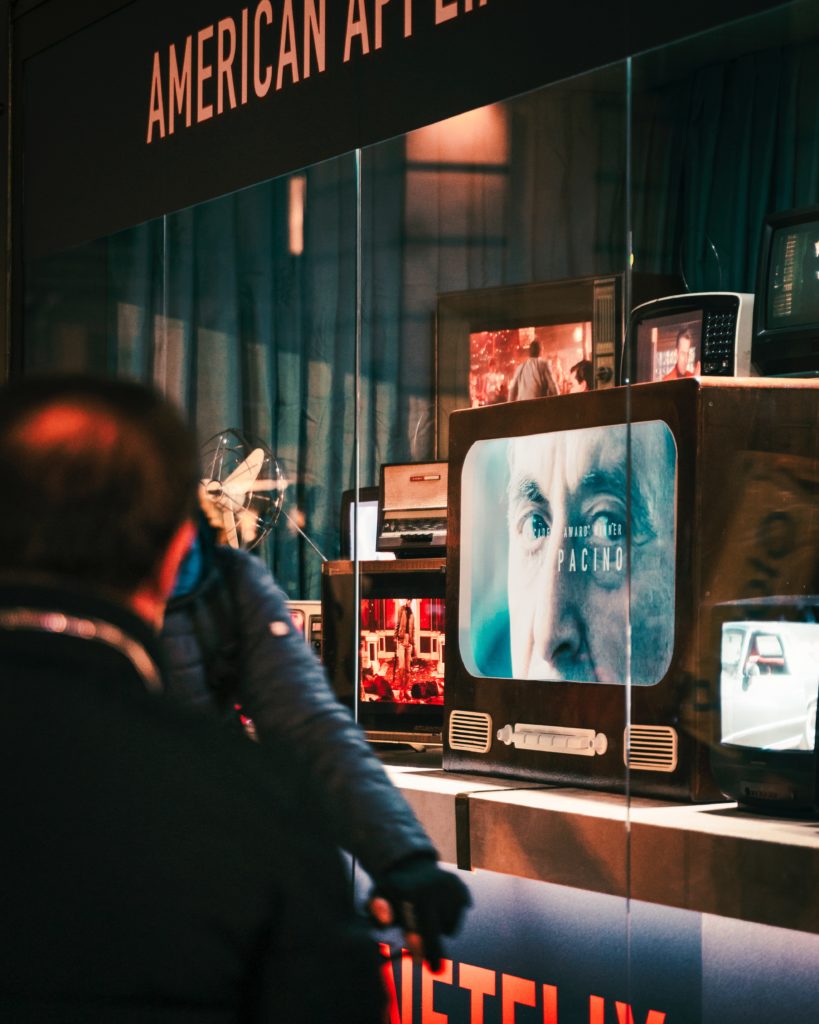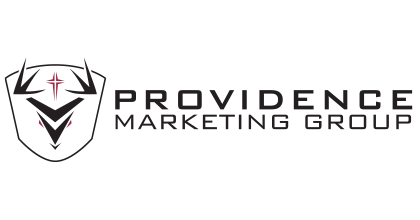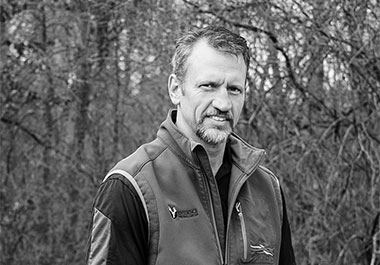Part Two…What is Run of Schedule (ROS) Advertising Schedule

ROS advertising or “spot buys” is the purchase of commercial airtime, in the form of :15, :30, or :60 second spots, directly from the outdoor television networks.
Is ROS right for you?
Again, this depends on your objectives. What is the purpose of your campaign? Is it to create awareness? Then create awareness in a big way. Is it brand positioning? Is it to sell? If it is – don’t be afraid to do just that – SELL – use the real estate – all :30 seconds of it. Don’t wait for the last :03 seconds to list your URL or your offer. Know your objective and build your spot to achieve that objective. Epic shots of vast wilderness are great – if that is your objective. For most it’s not. Don’t let the creative drive your goal – let your goals and your objectives drive your creative.
How it works…
With the purchase of ROS advertising, you or your agency work with the network to develop a flight or schedule of spots to run based on your target audience, seasonality, etc. You then deliver you commercial spot(s) to the networks, and they air according to your schedule. Pricing for the spots is based on a Cost Per Thousand estimate – developed based on the ratings of that network and time of day, week, month, and quarter. Typically, overnight spots are less expensive than weekend or prime time. A well-crafted flight will include all day-parts, targeting the right audience, at the seasonally appropriate time.
There are several pros and cons to purchasing ROS advertising from the networks:
Pros:
- Flexible schedule and timing:
- With a typical television sponsorship, you are stuck with three to four commercials per week for a minimum of 26 weeks – a flat line of marketing impressions. But your business is not flat, it ebbs and flows with the seasons you are associated with. If you are selling a deer call for example, spots airing in July and August are too early – nice to have, but clearly not worth the premium pricing that comes with most sponsorships.
- The flexibility of an ROS schedule allows you to run more spots in a shorter time frame when compared to a sponsorship. You can control your flight dates. Want all of your 86 spots to run the weekend before Father’s Day? ROS can do that. Want to run for one week, then take a week off, then run again for a week? ROS can do that.
- An ROS schedule also allows you to ramp up your spots to coincide with the peak of your selling season. You do not want to be running spots for Halloween candy in November. ROS buys allow you to adjust your schedules by week to maximize your exposure when consumers are making their purchasing decisions.
- Lower Pricing
- In addition to deciding when you want your spots to run, ROS costs are typically less expensive on a per spot basis than an outdoor television sponsorship. For small companies that are just dipping their toe into the television world, ROS offers a lower cost solution to gaining significant exposure.
- Enthusiast Adjacencies
- In most cases, while you cannot control the actual shows that your commercial spot will run in, you can influence the type of content you will air in. For example, if you are selling a precision trigger, you may be interested in placement in and around shooting shows but have no real interest in placement in or around fishing programming. Most networks will work to accommodate your requests here.
Cons:
- No “celebrity” endorsement
- Endorsements are an important part of the outdoors industry. Just think about how many times you look at the reviews of products online before making your next purchase. Sponsorships can provide you with these critical endorsements, while an ROS buy lacks this.
- These endorsements provide your brand and products with validation, which at times is a tipping point for a consumer on making their next purchase.
- Lack of in-show product usage
- ROS creates great frequency, but sometimes seeing the product in use is of equal or greater importance – sponsorships can create this, ROS spots often can’t.
- It’s only 30 seconds
- Most commercial spots are :30 seconds long. If you need to really educate your consumer, that can be tough to do in 30 seconds or less. Sponsorships can provide you with a platform for more in-depth education and conversation. Long Form Direct Response takes this a step further and provides you with 22-30 minutes to really carry your message.



In the end, we still place significant value in ROS buys because they can provide a lower cost access to the right customer at the right time and do so with greater frequency.
Frequency and Repetition…
Repetition has value, in the 1930’s the rule of seven was popularized and stated that people need to hear a message seven times before taking action.
Here is an even more impressive observation from Thomas Smith, in his pamphlet “Successful Advertising” written in 1885:
The 1st time people look at ad, they don’t see it.
The 2nd time, they don’t notice it.
The 3rd time, they are aware that it is there.
The 4th time, they have a fleeting sense that they’ve seen it before.
The 5th time, they actually read the ad.
The 6th time, they thumb their nose at it.
The 7th time, they get a little irritated with it.
The 8th time, they think, “Here’s that confounded ad again.”
The 9th time, they wonder if they’re missing out on something.
The 10th time, they ask their friends or neighbors if they’ve tried it.
The 11th time, they wonder how the company is paying for all these ads.
The 12th time, they start to think that it must be a good product.
The 13th time, they start to feel the product has value.
The 14th time, they start to feel like they’ve wanted a product like this for a long time.
The 15th time, they start to yearn for it because they can’t afford to buy it.
The 16th time, they accept the fact that they will buy it sometime in the future.
The 17th time, they make a commitment to buy the product.
Humorous? Yes. Still true today? Probably more than ever.
If you are considering television as part of your marketing strategy, make sure you carefully consider ROS. More Questions? Need advice on how to craft an effective ROS campaign for the outdoor market? Let the experts at Providence Marketing Group guide you. Drop us a line at [email protected] .
About the Author…Jeff Bergmann the principal and founder of Providence Marketing Group is a marketing veteran with over 20 years of marketing experience in the Outdoor Industry, with extensive experience in retail marketing, digital marketing, direct response, branding, packaging and product development. For more information, please visit www.www.providencemarketinggroup.net .



